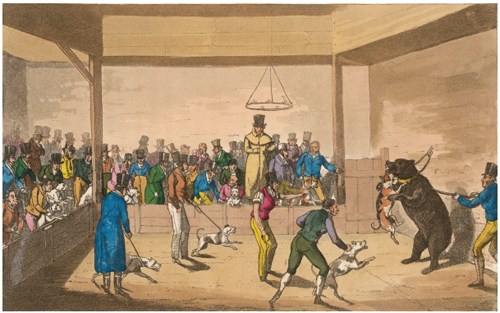The Victorian City: Everyday Life in Dickens' London (94 page)
Read The Victorian City: Everyday Life in Dickens' London Online
Authors: Judith Flanders
Tags: #History, #General, #Social History

BOOK: The Victorian City: Everyday Life in Dickens' London
2.43Mb size Format: txt, pdf, ePub










Other books
Linger by Lauren Jameson
Twist of Fate by Jayne Ann Krentz
Their Language of Love by Bapsi Sidhwa
Enchanting the Alpha (Hex My Heart, #4) by Talina Perkins
Marcus by Anna Hackett
Endless by Jessica Shirvington
Blood Lies by Daniel Kalla
Death's Excellent Vacation by Charlaine Harris, Sarah Smith, Jeaniene Frost, Daniel Stashower, A. Lee Martinez, Jeff Abbott, L. A. Banks, Katie MacAlister, Christopher Golden, Lilith Saintcrow, Chris Grabenstein, Sharan Newman, Toni L. P. Kelner
A Question of Murder by Jessica Fletcher
Unsound: A Horizons Book by Summers, Ashley
